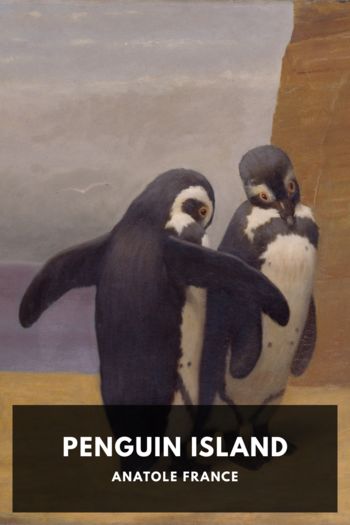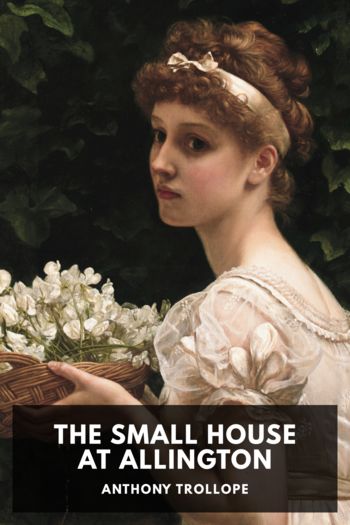The Hidden Garden Gopi Narang (year 7 reading list TXT) 📖

- Author: Gopi Narang
Book online «The Hidden Garden Gopi Narang (year 7 reading list TXT) 📖». Author Gopi Narang
when you slightly move your lips.
Even if it is itsy-bitsy thing,
please show your agreement.
i’shq ki sozish ne dil mein kuchh n chhora kya kahein
lag uthi y aag naagaahi k ghar sab phuk gaya
When my heart went up in smoke,
nothing survived.
This fire started all of a sudden
and the whole house was burnt down.
ek dil ko hazaar daagh laga
androne mein jaise baagh laga
One heart suffered
thousands of blemishes.
It was like a garden
flowered within me.
rahti hai chit charhi hi din raat teri suurat
safhe p dil ke main ne tasviir kya nikaali
Your face is at the front and centre
of my consciousness, day and night.
On my heart’s page what a picture
I have drawn!
gul ko mahbuub ham (ne) qiyaas kiya3
farq niqla bahut jo baas kiya
I took the rose as my beloved
But when I smelled
there was a difference.
aavaargaane i’shq ka puchha jo main (ne) nishaan
mush-te ghubaar le ke saba ne ura diya
When I inquired
the fate of unfortunate forlorn lovers,
the wind took hold of a handful of dust
and flew it into the air.
kuchh gul se hain shagufta kuchh sarv se hain qad kash
us ke khayal mein ham (ne) dekhe hain khwaab kya kya
Some are more cheerful than flowers,
some are like cypress trees.
In thinking of her beauty
what wonderful dreams I have seen.
mat ranja kar kisi ko k apne to e’tiqaad
dil dhaaye kar jo ka’ba banaaya to kya huua
Do not hurt anyone;
this is my belief.
If you build Kaba
by breaking someone’s heart,
what good is that?
jalvah-e maah tahe abr tanak bhuul gaya
un ne sote mein dupatta se jo munh ko dhaanka
The moon lost its charm
and went under the cloud
when, while still sleeping,
she covered her face with
her dupatta.
in gul rukhon ki qaamat lahke hai yuun hava mein
jas rang se lachakti phuulon ki daaliyaan hain
With cheeks as fresh as roses,
her flexible body swings
as colorful bough
heavy with the bloom
moves back and forth
in the morning breeze.
Mir’s language is filled with several sound effects and covert musical notes, and this topic requires a more in-depth discussion. Syed Abdullah is the only scholar of Mir’s poetry who has pointed out that Mir is furtively drawn to kaaf and gaaf sounds. The underlined words below showcase many ghazals that are filled with such sound effects:
aah kis dhab se roiiye kam kam
shauq had se ziyaad hai ham ko
Alas! How can I cry less and less.
My desire knows no limits.
khilna kam kam kali ne siikha hai
us ki aankhon ki niim-khwaabi se
The bud opens slowly, very slowly.
Who do you think she learnt it from?
From my beloved’s half-open
and dreamy eyes, of course.
tujh ko kya ban-ne bigarne se zamaane ke k yaan
khaak kin kin ki hui aur hua kya kya kuchh
You are not concerned
with the upheavals that occurred.
Who was reduced to ashes
and what other things happened.
kya aag ki chingaariyaan seene mein bhari hain
jo aansu meri aankh se girta hai sharar hai
What sparks are hidden in my chest!
The tear that drops from my eyes
is nothing but a scintilla.
naazuki uske lab ki kya kahiye
pankhari ik gulaab ki si hai
What can I say
about the daintiness of her lips!
It’s a petal of rose.
That’s what it is.
Mir in niim baaz aankhon mein
saari masti sharaab ki si hai
In these half-open eyes, Mir,
there is intoxication
that surpasses the best wine.
The use of kaaf and gaaf are alluring, but features such as these are not programmed, they are spontaneous. Mir defies any attempt as readymade classification. His compositions are full of creative blending and fusion.
dil ki taraf kuchh aah se dil ka lagaao hai
tuk aap bhi to aaiiye yaan zor bao hai
/ghaao hai / chhupaao hai/
Alas!
My heart is finding a loving connection
with another heart. For a moment,
you should come here because
the breeze is blowing the fire forcefully.
dil vo nagar nahien k phir aabaad ho sake
pachhtaao ge suno ho y basti ujaar ke
/ gaar ke/ ukhaar ke/
My heart is not like a town
that would see any activity again.
Listen to me,
you will regret ruining this habitat.
baaham suluuk tha to uthaate the narm garm
kaahe ko Mir koi dabe jab bigar gayi
/ ukhar gayi/ ujar gayi/
As long as we were friends,
I tolerated all misconduct.
But why should one keep enduring
when the relationship is over.
jab tak kari uthaaii gayi ham kare rahe
ek ek sakht baat p barson are rahe
/pare rahe/ khare rahe /
As long as I could bear it,
I gladly accepted it.
But for anything
that was inappropriate
I never gave any ground.
We have already mentioned Mir’s use of retroflex effects that are distinctive of Indo-Dravidian languages. He captivates and enchants us with his use of simple beautifications. No feature per se is good or bad on its own. Every part can be used to create typical combinations. Some of the early post-Wali Delhi Urdu poets slowly dropped the use of everyday local sounds altogether. They acted like superior castes demanding a purity test. But fortunately, late-nineteenth and twentieth-century poets showed the courage to revolt against these unilateral decrees just like the Buddha rebelled against imposed classical lingual practices and instead used common core Prakritik Pali as the language of his discourse in place of Sanskrit. Standards are important, but if the standards become constraints, then roots of a language can dry up, and its growth can be stunted. No other poet goes back to the original roots of Urdu the way Mir does. Mir’s lyrical voice is the accurate representation of those roots.
Master Rekhta Poet
rekhta rutbe ko pahunchaaya hua us ka hai
mo’taqid kaun nahien Mir ki ustaadi ka
If Rekhta reached the pinnacle of its greatness,
this was the work that he accomplished.
Is there anyone who does not accept
Mir’s master mysterious touch?
Mir’s real greatness lies in the fact that he was the first major poet to demonstrate the true hidden literary beauty of Urdu. From the raw vernacular and colloquial green roots in Agra to the fusion and sophistication of Persian in Delhi and the mellow sweetness of Awadhi in Lucknow, Mir covered the whole spectrum. Firaq was right when he mentioned that Mir was the voice of all of humanity and the richness of lyrical Urdu. The magic of Mir was felt in all time-periods of Urdu’s growth and development, and he got the recognition that he deserved by the title Khudaa-e





Comments (0)